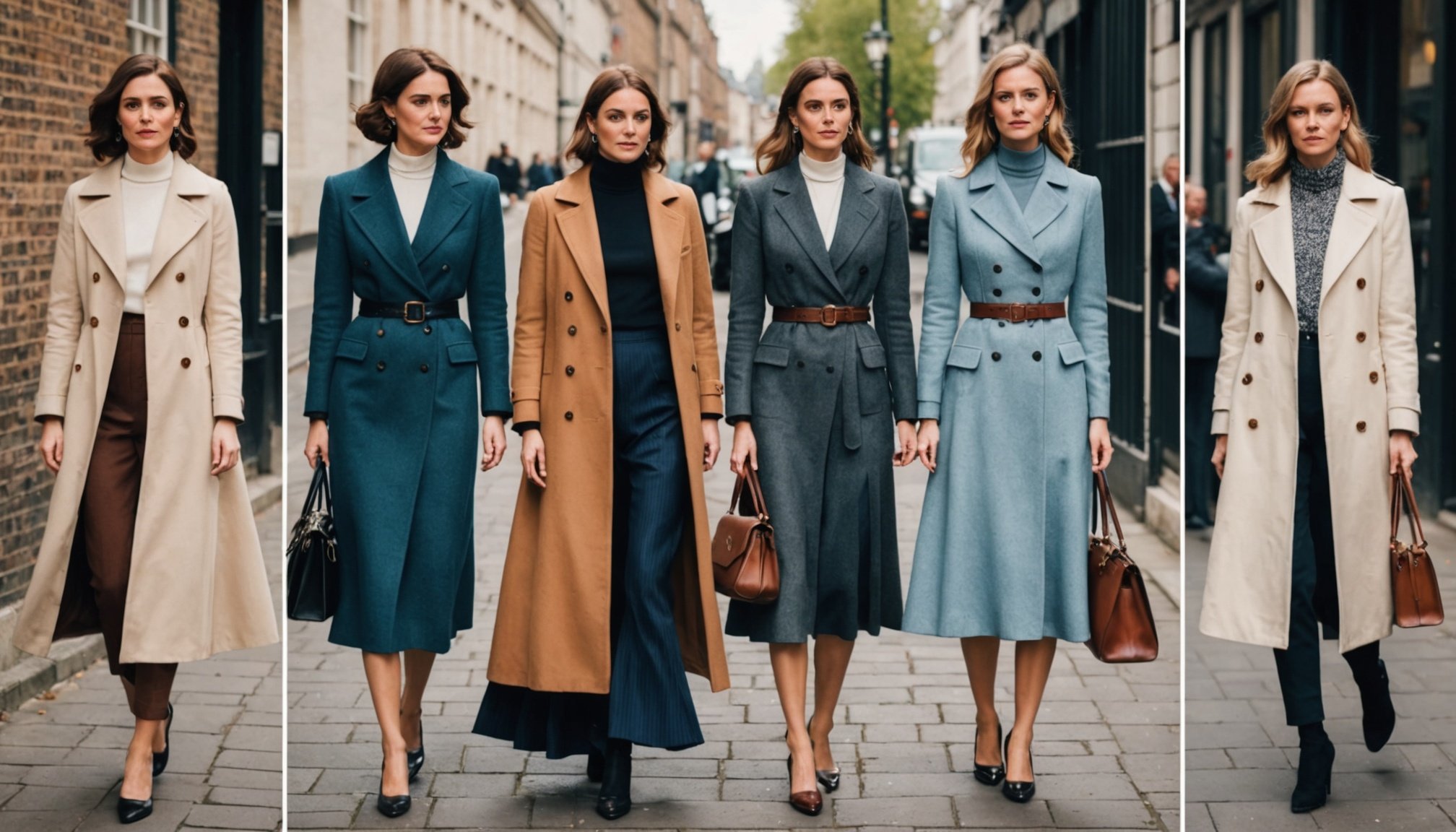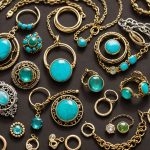Understanding the Foundation of Vintage and Contemporary Styles
Fashion is ever-evolving, continuously blending old with the new. Vintage fashion refers to clothing and accessories that originated in a previous era, specifically from the 1920s to the 1980s. These styles are characterized by their distinct cuts, unique fabrics, and attention to detail. Often, vintage pieces are cherished for their historical context and craftsmanship, making them timeless additions to any wardrobe.
In contrast, contemporary style is defined by its reflection of current fashion trends and technological advancements in textiles. This style emphasises clean lines, bold colours, and often incorporates innovative materials that offer convenience and functionality suited for modern lifestyles. Key elements also include versatile designs that easily adapt to various settings and occasions.
Also to discover : Top Eco-Conscious Fabrics for Sustainable Activewear in the UK: A Complete Guide
Blending vintage fashion with contemporary style offers an exciting avenue for personal expression. This wardrobe blend allows one to honour the past while embracing the present. Incorporating vintage pieces into a modern wardrobe can bring uniqueness and personality, offering a dynamic play between nostalgia and innovation. It encourages fashion enthusiasts to explore and create a distinctive style narrative. Tailoring these elements together imbues confidence and authenticity, enabling individuals to define their personal fashion statement boldly.
Seasonal Considerations for Blending Styles
Incorporating seasonal outfits that merge vintage and contemporary styles can make your wardrobe dynamic and versatile. The way UK fashion trends evolve from season to season offers an excellent opportunity to adapt one’s wardrobe without losing personal flair. Adapting your style to the seasons ensures your look remains fashionable and practical, even as temperatures rise or fall.
Also read : Elevate your style with the ultimate techwear bodysuit
UK fashion trends frequently weave vintage elements with modern pieces. During autumn, consider pairing a classic vintage trench coat with a new, sleek turtleneck and contemporary ankle boots. This combination provides both warmth and style adaptation, creating a cohesive look suitable for the brisk weather.
Transitioning your wardrobe involves layering and fabric choices. For spring, swap heavy wools for lighter materials and incorporate floral prints that reference vintage styles, yet incorporate on-trend cuts. This fusion not only offers comfort but continues your style adaptation through seasonal shifts seamlessly.
Examples of seasonal outfits include pairing a 70s-inspired bohemian dress with winter-ready leather jackets for a chic fusion that braves colder climates. In summer, style adaptation can be achieved with high-waisted shorts, a nod to retro vibes, paired with a minimalist contemporary top.
In all seasons, embracing UK fashion trends while allowing your unique style to shine through enriches personal expression.
Sourcing Vintage Finds
Unafraid of the charm that vintage shopping brings? Searching for unique pieces is an art, and knowing the best places to look in the UK can make all the difference. UK thrift stores are treasure troves for vintage apparel. From bustling markets in London to quaint shops in Edinburgh, each store has its own unique flavour. The thrill of the hunt is just the beginning—dabbling in online marketplaces can extend your reach beyond geographical confines. Websites like ASOS Marketplace and Etsy offer curated collections that bring the essence of vintage shopping right to your digital doorstep.
Identifying quality vintage pieces requires an eye for detail. Key indicators include examining the fabric quality and ensuring the condition is consistent with its age. Look for enduring seams and handiwork that signifies bygone craftsmanship. This helps in ensuring authenticity and avoiding disappointments.
Mixing vintage finds with contemporary items is another art form that requires a bit of finesse. It involves balancing textures, colours, and styles. A vintage blazer can seamlessly elevate a modern jeans-and-top combo, while a retro dress can evoke elegance when paired with new stilettos. Remember, the ultimate goal is to create a wardrobe that’s uniquely yours.
Styling Tips for Successful Combinations
Creating a stylish outfit that reflects your personal taste requires a blend of creativity and knowledge of styling techniques. Whether you’re merging modern pieces with wardrobe staples or seeking fresh outfit ideas, understanding these techniques can elevate your style.
Mixing Fabrics and Patterns
Pairing different textures can transform a simple outfit idea into a dynamic ensemble. Use smooth fabrics, like satin, alongside rougher textiles, such as tweed, to add depth. Wardrobe staples like denim pair excellently with silk for a balanced look. When it comes to patterns, combine vintage prints with modern solids for a contemporary yet timeless aesthetic.
Accessorizing with Intention
Accessories are crucial in tying together various fashion elements. A classic leather belt or a modern scarf can act as a bridge between vintage and contemporary pieces. Choosing the right accessories enhances your look by adding layers of detail and sophistication.
Color Coordination Techniques
Selecting a cohesive color palette is fundamental in fashion. Neutral tones, like beige or grey, often serve as a versatile base. Use complementary colors to seamlessly integrate vintage and modern elements into an outfit idea. Bold accents, like a red bag, can refresh a look, making wardrobe staples feel new and exciting.
Successful Outfit Examples
Exploring a lookbook of curated outfits can serve as a valuable source of outfit inspiration. Merging vintage charm with contemporary flair creates unique styles. Such a blend not only revives classic aesthetics but also keeps the modern wardrobe versatile and dynamic.
Take a cue from fashion influencers in the UK. They elegantly demonstrate how to achieve this harmonious fusion in their styling examples. Their influence offers practical insights into crafting outfits that are both timeless and on-trend.
Consider a typical autumn day; a tweed blazer from the vintage end paired with current slim-fit jeans can be a striking example. This ensemble mixes textures and eras seamlessly, making it an excellent choice for a seasonal occasion. Similarly, for a spring event, a vintage floral dress could be updated with modern accessories for a fresh, contemporary twist.
Analyzing these styling examples helps to understand the balance between retro and current fashion trends. Often, these looks are completed with statement accessories like oversized sunglasses or chunky boots, drawing together the best of both worlds.
By delving into these illustrated instances, one can swiftly gather outfit inspiration and learn to apply similar principles to personal wardrobes, embracing both enduring and evolving styles effortlessly.
Expert Tips for Achieving the Perfect Blend
Navigating the intricate landscape of fashion requires a touch of finesse and expert advice to master the art of style. Fashion stylists emphasize the importance of fashion coordination and a keen eye for detail when attempting to blend different aesthetics, particularly vintage and contemporary styles.
An insightful fashion coordination tip from stylists is to identify a common theme or color palette that ties the ensemble together. This approach ensures a cohesive look while navigating the challenge of mixing pieces from different eras. Balancing textures and silhouettes also plays a critical role in achieving a seamless fusion.
When it comes to blending vintage with modern trends, common pitfalls to avoid include overwhelming the outfit with too many focal points or disregarding the balance between old and new elements. Embracing style mastery involves selecting a single dominant style and accentuating it with complementary pieces.
Finally, stylists encourage personal creativity in fashion, reminding enthusiasts that expert advice serves merely as a guideline. Experimentation is key to discovering unique combinations that reflect individual personalities. Whether it’s daring to mix bold patterns or selecting eclectic accessories, personal expression should always take precedence over conventional rules. Remember, fashion is as much an art as it is a science.











